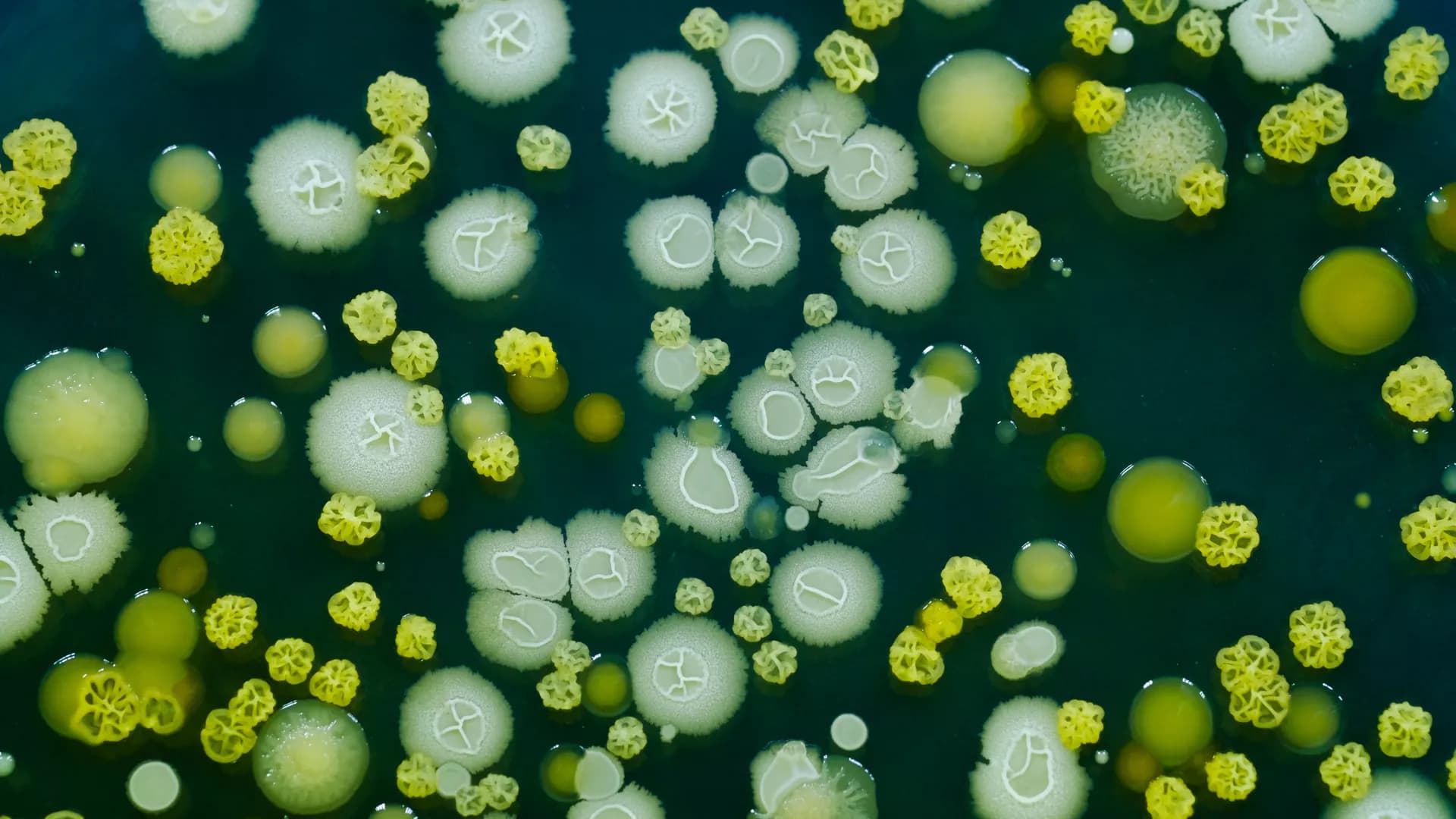Head and neck squamous cell carcinoma (HNSCC) is a heterogeneous group of cancers. Collectively, HNSCC ranks sixth in incidence rate worldwide. Apart from classical risk factors like tobacco and alcohol, infection of human papillomavirus (HPV) is emerging as a discrete risk factor for HNSCC. HPV-positive HNSCC represent a distinct group of diseases that differ in their clinical presentation. These lesions are well-differentiated, occur at an early age, and have better prognosis. Epidemiological studies have demonstrated a specific increase in the proportions of the HPV-positive HNSCC. HPV-positive and HPV-negative HNSCC lesions display different disease progression and clinical response. For tumorigenic-transformation, HPV essentially requires a permissive cellular environment and host cell factors for induction of viral transcription. As the spectrum of host factors is independent of HPV infection at the time of viral entry, presumably entry of HPV only selects host cells that are permissive to establishment of HPV infection. Growing evidence suggest that HPV plays a more active role in a subset of HNSCC, where they are transcriptionally-active. A variety of factors provide a favorable environment for HPV to become transcriptionally-active. The most notable are the set of transcription factors that have direct binding sites on the viral genome. As HPV does not have its own transcription machinery, it is fully dependent on host transcription factors to complete the life cycle. Here, we review and evaluate the current evidence on level of a subset of host transcription factors that influence viral genome, directly or indirectly, in HNSCC. Since many of these transcription factors can independently promote carcinogenesis, the composition of HPV permissive transcription factors in a tumor can serve as a surrogate marker of a separate molecularly-distinct class of HNSCC lesions including those cases, where HPV could not get a chance to infect but may manifest better prognosis.
Promyelocytic leukemia (PML) nuclear bodies (NBs) are highly dynamic subnuclear structures. Their name giving major component, PML protein, is essential for their formation. PML is present in many different isoforms due to differential splicing, which seem to contribute differently to PML NBs function. Sp100 and DAXX are also permanently residing in these structures. PML NBs disassemble in mitosis to form large cytoplasmic aggregates and reassemble after completion of cell division. Posttranslational modifications such as SUMOylation play important roles for protein association with PML NBs. In addition to the factors permanently associated with PML NBs, a large number of proteins may transiently reside in PML NBs dependent on cell stage, type, and condition. PML NBs have been indirectly implicated in a large number of cellular processes including apoptosis, transcriptional regulation, DNA repair and replication. They are considered hot spots for posttranslational modifications and may serve as readily accessible protein depots. However, a precise function has been difficult to assign. Many DNA viruses target PML NBs after entry often resulting in reorganization of these subnuclear structures. Antiviral activity has been assigned to PML NBs partially based on the observation that PML protein is an interferon stimulated gene. In contrast, human papillomavirus (HPV) infection requires the presence of PML protein suggesting that PML NBs may be essential to establish infection. This review will summarize and discuss recent advances in our understanding of the role of PML NBs and individual protein components in the establishment of HPV infection.
Frontiers in Cellular and Infection Microbiology
The Role of DNA Viruses in Human Cancers Volume II








